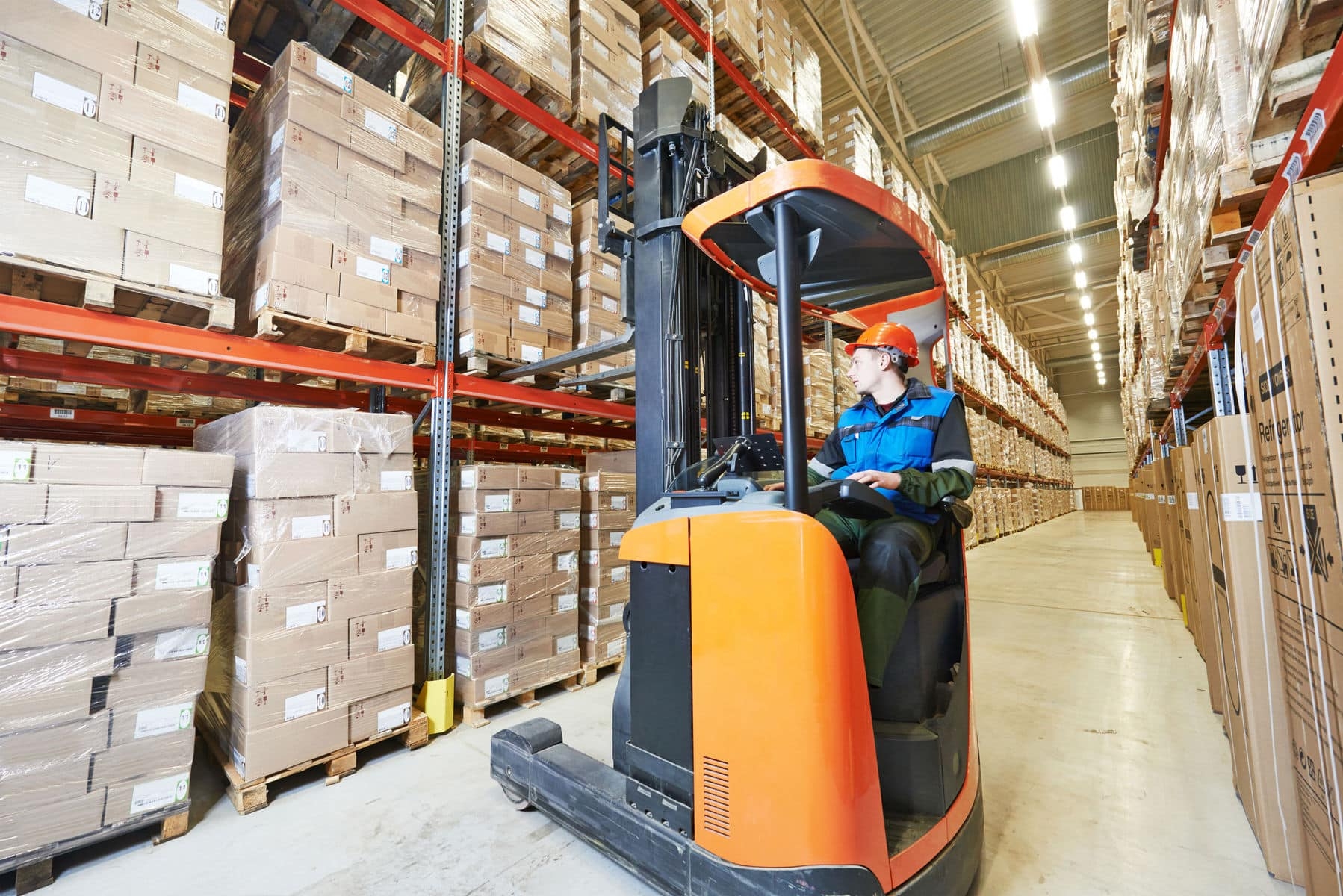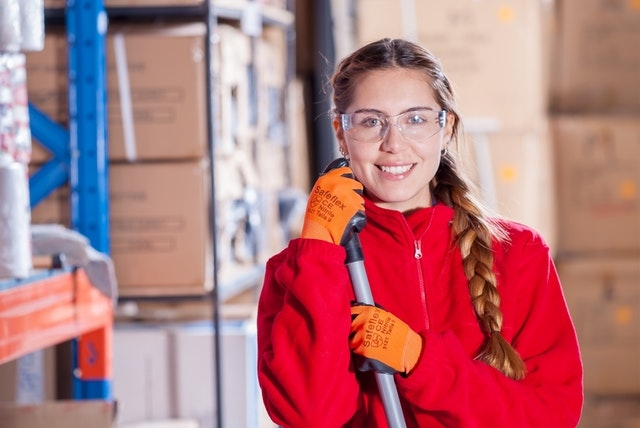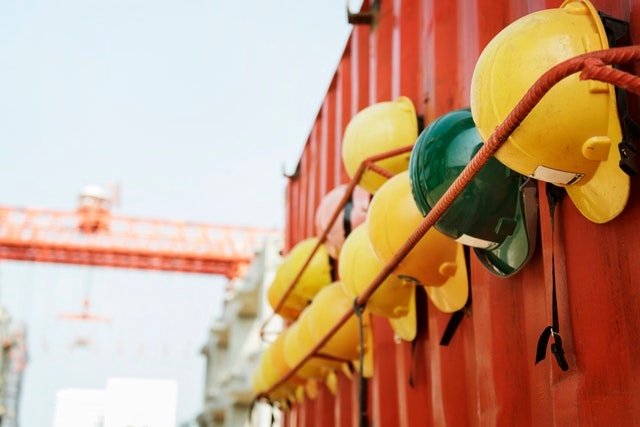Know Your Stores of Gas
Gas cylinders are integral to many industries, from manufacturing and construction to healthcare and research. The cylinders are constructed to store and transport a range of compressed gases such as oxygen, nitrogen and acetylene. While these cylinders are essential for many operations, they can pose a significant health and safety risk if they are not stored correctly. This article will discuss some crucial considerations for safe gas cylinder storage.
Risk Assessment for Gas Cylinders
Incorrect handling and storage of gas cylinders can result in the risk of fire or explosion. Therefore, legislation requires a site-specific risk assessment for each gas cylinder store to ensure those risks are suitably managed. The gas cylinder store should be considered when completing the Fire Risk Assessment for the site. In addition, an assessment should be conducted in accordance with the Dangerous Substances and Explosive Atmospheres Regulations 2002 (DSEAR) due to the presence of pressurised gas.
Location of Gas Cylinders
Ideally, cylinders should be stored outside in the open air with good natural ventilation, sited at ground level on a flat, stable surface. The cylinders are designed to withstand varying weather conditions. They can be stored outside without any adverse effects. However, simple protection should be provided to protect the cylinders from direct sunlight. A store is considered outdoors if a minimum of 30% of the perimeter is naturally ventilated with no roof installed and a minimum of 50% is naturally ventilated with a roof installed.
The location of the storage area should:
• Allow easy access to emergency services and delivery vehicles.
• Be in an area where a good level of security can be provided.
• Be located away from emergency exits, escape routes and muster points.
• Be segregated from other stores and processing areas.
• Be sited away from underground and overground services.
• Be sited at ground level to prevent the accumulation of gas in low-lying areas.
It is not recommended to store gas cylinders indoors. Where this cannot be avoided additional controls are required, such as specially designed storage rooms or cabinets where adequate forced ventilation can be provided.
Ventilation for Gas Cylinders
All gas cylinder storage areas should be constructed to ensure through and thorough ventilation throughout, allowing any leaked gas to be dispersed quickly. An outside storage area with open sides and no roof is considered to have adequate ventilation. Where a store may have restricted ventilation or the configuration of the store restricts airflow, the installation of high and low-level vents should be considered to allow regular air changes.
Construction
The cylinder store should be constructed from non-combustible materials throughout. Where walls are required, they should be built out of a mixture of solid materials, industrial metal fencing, bars or mesh. The material used should be fire-resistant, non-flammable and of sufficient strength. Walls should provide security whilst allowing for adequate ventilation throughout the store.
Floors should be constructed of a strong and non-porous material of sufficient strength to support the structure's weight and the cylinders. Floors should be level but with a very slight gradient so that the cylinders are not left in standing water.
In situations where the cylinders require strict hygiene and quality control, it may be necessary to construct a roof on the store to provide additional protection from the environment. The roof should be designed to allow natural airflow and prevent the accumulation of gas in high areas.
Layout of Gas Cylinders
The physical layout of the gas cylinder store is crucial for ensuring safety. It should allow for effective management of the store and its contents. The store should provide enough space for the cylinders' number, size and segregation. The storage area should also allow enough room for safe manual handling and use of mechanical equipment, in addition to safe access and egress.
Segregation and Separation of Gas
The store should be arranged so that cylinders are segregated from each other based on their hazard category and stored with at least 3 metres between each. A partition can be introduced where a 3-metre distance cannot be achieved. The partition must be at least 1-metre higher than the tallest cylinder and constructed using non-combustible materials not affected by the gases stored on each side. Additionally, toxic gas cylinders should be stored out of the way from day-to-day activity.
Cylinders that are full, part used and empty should be segregated from one another. Damaged and unlabelled cylinders should be quarantined in a designated area and returned to the supplier as soon as practicable.
In addition to the segregation of the cylinders themselves, minimum separation distances must be met between cylinders and aspects of the surrounding environment. The minimum separation distances can vary depending on the type of gas. For example, site boundaries require 1-metre separation from inert and oxidant gases and 3-metre separation from flammable and toxic gases; ignition sources require 1-metre separation from inert gases and 3-metre separation from oxidant, flammable and toxic gases. For more details on minimum separation distances, please refer to BCGA (British Compressed Gases Association) Guidance Note 41 (Separation Distances in the Gases Industry).
Security
Gas cylinder stores should be secure at all times, with access restricted to authorised personnel. Stores can be secured by installing fences (at least 1.8 metres high and allowing adequate ventilation), gates and locked doors. Keys and door codes should be controlled, with only authorised users having access.
Monitoring equipment such as CCTV, alarms and leak detection systems can be installed provided they are safe for use in a gas cylinder store and comply with the requirements of relevant legislation. Protected electrical equipment may be required when storing flammable or oxidising gases, as determined by the DSEAR assessment.
Cylinders should be secured upright within the store to prevent damage to people, facilities, equipment, gas cylinders, and fittings. This can be achieved through use of straps, pallets, and chains. It is also important to ensure that the cylinder valves are closed and protective caps are in place when in storage.
Signage and Labelling on Gas Cylinders
In order to provide safety information and warnings to employees, sufficient signage and labelling must be in place for each store.
- Identification Signs should be displayed externally to identify the cylinder store. Internally, signs should be displayed to show where each type of cylinder will be stored and their hazard categories. Signs should also be displayed to distinguish between full and empty cylinders and those in quarantine. Cylinders labels should remain attached to the cylinders at all times. The label should clearly identify the contents of the cylinder, its hazard category, cylinder pressure and size details and manufacturer details.
- Warning Signs should be displayed to communicate hazards associated with the cylinder storage area. Signs commonly used in cylinder stores include warnings of asphyxiation, explosive atmosphere, toxic, flammable, oxidising gases and industrial vehicles, amongst others.
- Mandatory Signs should be displayed to prescribe a certain behaviour or condition required within the storage area, such as the specific PPE needed.
- Prohibition Signs should be displayed to show behaviour that is prohibited in the storage area. Commonly used signs include no entry to unauthorised persons, no smoking, and no ignition sources.
- Emergency Signs for equipment and escape routes should also be displayed throughout the store.
Inspections on Gas Cylinders
A competent person should be appointed to manage the gas cylinder store. Regular inspections by the competent person are required to ensure that gas cylinders are stored correctly. During inspections, checks should be made for signs of damage, corrosion or leaks. Any cylinders that show signs should be immediately removed from service and replaced. Cylinders should also be inspected on receipt of delivery, prior to their placement in the storage area. Records of the cylinders and their inspections must be retained.
Training
Information, instruction and training must be provided for all those involved in the storage and handling of gas cylinders. Records of the training provided and competence achieved must be retained.
Emergency Precautions
An Emergency Plan for the store should be established following the completion of the site-specific risk assessment. The plan should consider the actions to take in the event of a gas leak or a fire involving a gas cylinder. The plan should be reviewed at least annually when significant changes have been made or when an incident has occurred. The plan should be trained out regularly to employees and when changes to the plan have been made. Emergency equipment suitable for use in the gas cylinder store should be installed. Dry powder fire extinguishers should be readily available in strategic locations.
The location of each store should be recorded along with information on the gases present, their quantities and their hazards. This information should be provided to the Emergency Services in an emergency.
Compressed gas cylinders contain gases stored at high pressure and pose a significant risk to health and safety. By undertaking the appropriate risk assessments and implementing correct storage practices as outlined in this article, the risk of fire or explosion can be minimised.
If you have any questions on gas cylinder storage or need advice call our team on 033 33 215 005 or e-mail websiteenquiries@wirehouse-es.com






